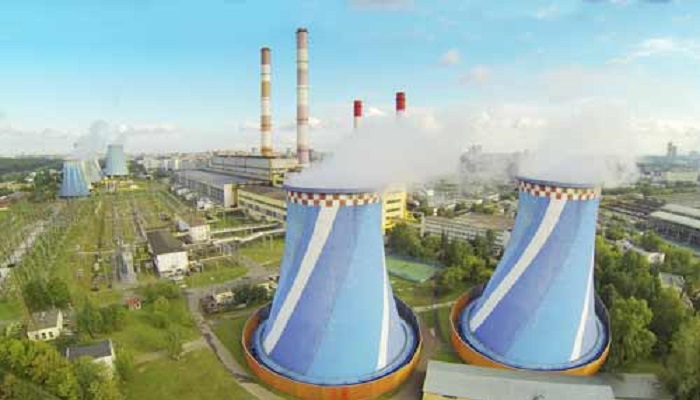
Russia has offered India the latest “Generation 3-plus” nuclear reactor —the VVER-1200 — powered by advanced fuel, to be set up at a yet-to-be designated site in parallel to the ongoing 6,000 MW Kudankulam project in Tamil Nadu.
Both countries have agreed on a second nuclear power project to follow Kudankulam, which envisages the construction of six reactors of the earlier generation VVER type of 1,000 MW capacity each. The VVER-1200 has 20 percent more capacity than the VVER-1000.
“We are ready to enhance our cooperation for building the next six units of 1,200 MW capacity each at a second site in India with respective commitment for localisation and secured long-term fuel supply,” Evgeny Pakermanov, president of Rusatom Overseas, a subsidiary of the state atomic energy corporation Rosatom, which is constructing the Kudankulam Nuclear Power Plant (KNPP), told IANS.
The first two units at KNPP are already connected to the southern grid, while work has started on units 3 and 4. An inter-governmental agreement was signed in December 2008 for setting up Kudankulam’s units 3 to 6.
The world’s first VVER-1200 was unveiled last August with unit 6 of the Novovoronezh Nuclear Power Plant in Russia being connected to the country’s electricity grid.
During Prime Minister Narendra Modi’s visit to Moscow in December 2015, India and Russia signed an agreement for the latter to construct 12 nuclear reactors at two sites in India, Kudankulam being one of them.
Following talks with Modi, Russian President Vladimir Putin had said in a statement: “We have agreed on India’s assigning another plot for the construction of Russian power units, where we intend to use the latest VVER-1200 reactors built with the application of the latest and safest technologies.”
Both sides also agreed to actively work towards localising manufacturing in India to complement the construction of the nuclear power plants.
The VVER series is a pressurised water reactor design originally developed in the Soviet Union, and its name is transliterated from the Russian Vodo-Vodyanoi Energetichesky Reaktor, or Water-Water Power Reactor.
According to experts, the VVER-1200 units have better power economy, and involve lesser staff for operations as compared to the previous generation ones, while the nuclear fuel plays a key element in the upgrade.
“The VVER-1200 unit integrates all cutting-edge solutions, and belongs to the so called Generation 3-plus,” said Oleg A.
Grigoryev, senior vice president of TVEL, the fuel company run by the Rosatom.
“VVER-1200 nuclear fuel contains more uranium than the fuel for less powerful units. Because of this, VVER-1200 nuclear fuel can produce more electric energy over a longer period of time,” he said.
Rosatom is collaborating with the operators Nuclear Power Corporation of India Ltd (NPCIL) in the Kudankulam project.
Earlier this year, the Indian cabinet approved the setting up of 10 indigenous Pressurised Heavy Water Reactors (PHWRs) for generating around 7,000 MW of power.
India currently generates 6,780 MW from nuclear power. Nuclear reactors, which will produce another 6,700 MW, are under implementation and these are expected to be completed by 2021-22.

Post Your Comments